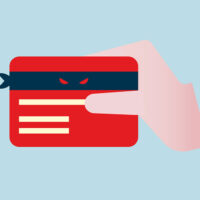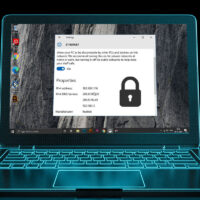Security Viruses – How A Computer Virus Can Infect A Network


Intensive cyber attacks can leave a trail of destruction and havoc in the form of viruses threatening any computer connected to the Internet. Growing instances of viruses are not the exception but have risen to be a major threat to computer networks worldwide.
The reach of the Internet and the number of users is also boosting the production of viruses. There are suggestions that if more people were using the Internet, viruses would not be as numerous as they are today. This may result from users not knowing about the dangers of visiting infected sites and the viruses spreading uncontrollably.
Once a virus infects a computer, a user may wonder what is happening. The scariest thing is that networks are in danger of being infiltrated by hackers and agreements voided by malicious attackers, but personal data is also at risk.
The truth is that unless you have used a recent computer update, your computer system for capturing viruses may not be fully protected. Fortunately, there are antiviral software programs that various sources have identified as potentially capable of warding off attacks and viruses. If you have antiviral software programs installed in your computer system, you may be able to try scanning your computer details.
If you suspect that your computer system has already been infected with a virus, you may use some antiviral software to remove the infection. But before you take any action, make sure to update your computer system first. If possible, download and install antiviral software that has been updated to ensure that it has the latest virus definitions.
With the increased number of viruses, users have to be vigilant more than ever when it comes to computer security. Words of wisdom to always remember when it comes to computer security include:
- Computer security will never be complete without anti-virus and firewall programs
- The same precautions should be taken to avoid viruses – always avoid opening files attachment from unknown sources
- Avoid downloading files from unknown sources
- Keep your anti-virus software up-to-date
- If you have no antiviral software programs installed, run an antiviral software and scan your computer system
- Search and avoid downloading files from suspicious sources
Computer security involves protection from viruses, worms and other threats. When you use the Internet, you should be aware of many threats that can infect your computer. If you have discovered that your computer has a virus infection, you will want to remove the virus as quickly as possible.
There are two easy ways to do this. The first one is called manual removal and the second one is automatic removal.
In manual removal, you have to follow the steps:
These steps may very well help to remove the virus, but the problem is that they are very difficult to perform and vulnerable to error. Sometimes you may find that your computer system has already been infected, and you will have to face the fact that in order to remove the threat, you will have to resort to changing your hard drives.
The automated removal is a lot looser and easier method to remove than the manual one. It also provides threat recovery if something goes wrong. System tools are a great option for Microsoft Windows users.






Just what I was looking for, regards for posting.
I’m gone to inform my little brother, that he should also pay a visit this web site on regular basis to take updated from newest gossip.